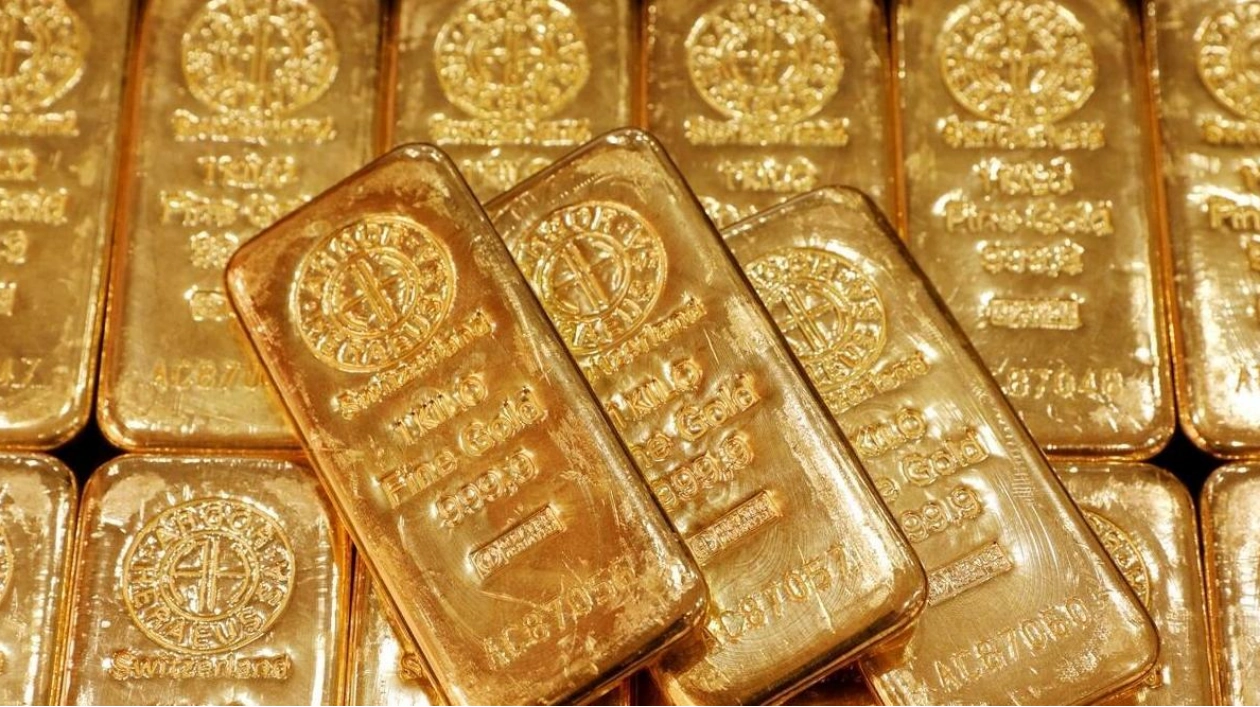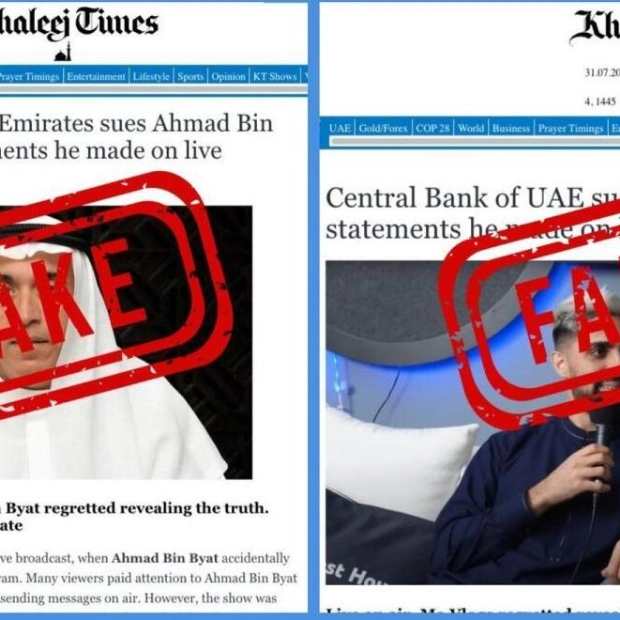Gold prices in Dubai experienced a decline at the market opening on Thursday, mirroring a global trend where the precious metal dropped by 1 percent on Wednesday night. This downturn followed the release of data indicating a rebound in US consumer prices for July. By 9am UAE time, the 24K gold variant was trading at Dh297 per gram, a decrease of half a dirham, while 22K, 21K, and 18K gold were also lower at Dh275.0, Dh266.25, and Dh228.25 per gram respectively. Globally, spot gold was marginally up, trading at $2,453.67 per ounce, a 0.17 percent increase.
The one percent drop in gold prices on Wednesday night was attributed to a 0.2 percent rise in the US consumer price index, which diminished expectations for a significant rate cut by the US Federal Reserve in September. Ruben Ferreira, the head of Portuguese operations at FlowCommunity, noted that gold prices were holding near their peak and could gain from a weaker dollar and declining treasury yields. He also highlighted that geopolitical risks in the Middle East and Eastern Europe could bolster demand for gold, seen as a safe-haven asset in times of escalating tensions and potential conflicts.
Michael Brown, a senior research strategist at Pepperstone, commented that the July US CPI report supports the likelihood of a Fed rate cut in September. However, he pointed out that the labor market, not inflation, will likely dictate the extent and pace of policy normalization. The annual headline inflation rate cooled to 2.9 percent, the lowest since March 2021, while core CPI rose 3.2 percent, the slowest since April of the same year. Monthly figures for both headline and core prices matched expectations, though they triggered a slightly hawkish reaction across assets.
Brown further stated that it is unlikely the inflation figures will significantly change the policy outlook. However, they do provide officials with more confidence in the disinflationary process as price pressures continue to ease towards the 2 percent target. A September rate cut had been strongly hinted at by Fed Chair Powell and was practically assured after the July jobs report. Despite market debates over whether the cut will be 25bp or 50bp, a more conservative 25bp move seems appropriate as a first step towards policy normalization, with a larger cut potentially signaling panic.






